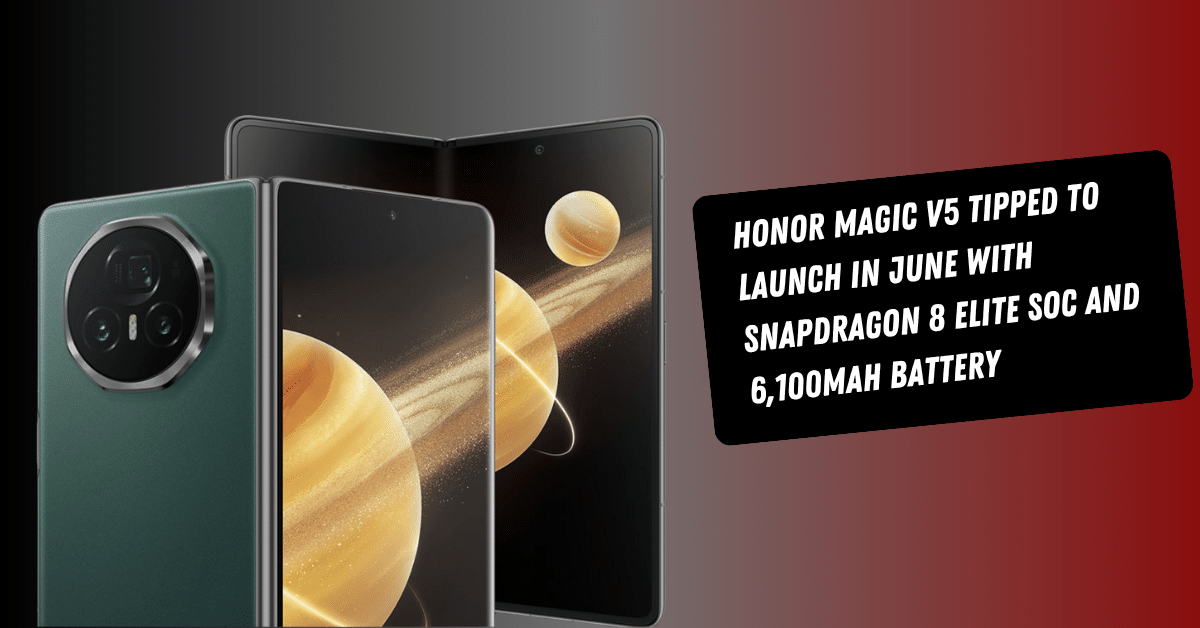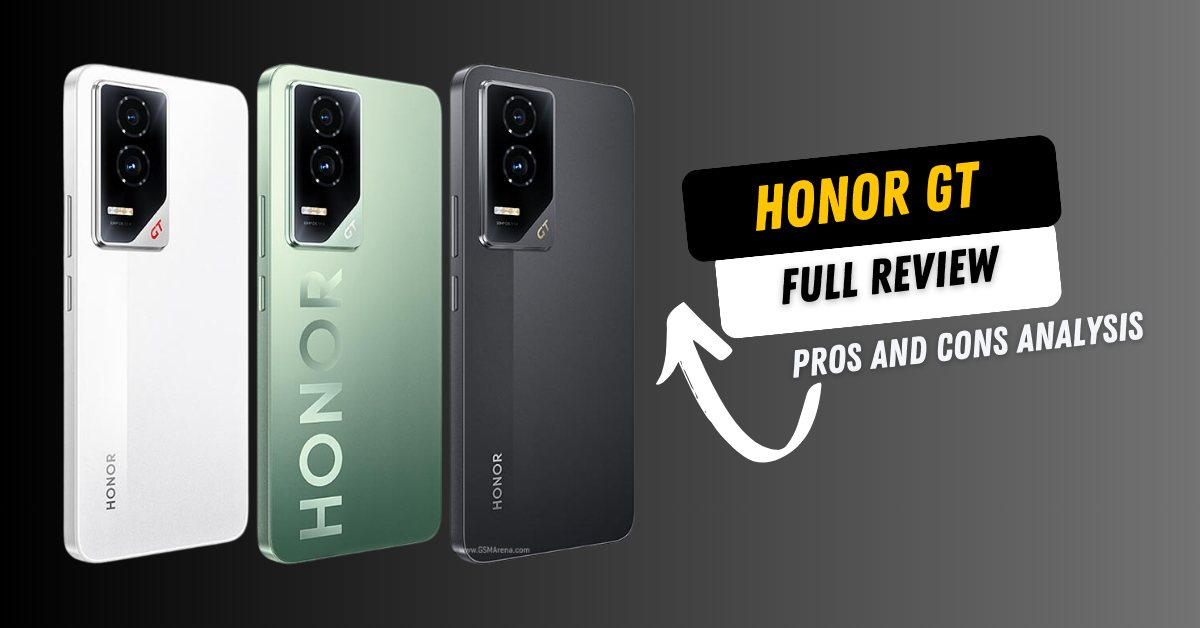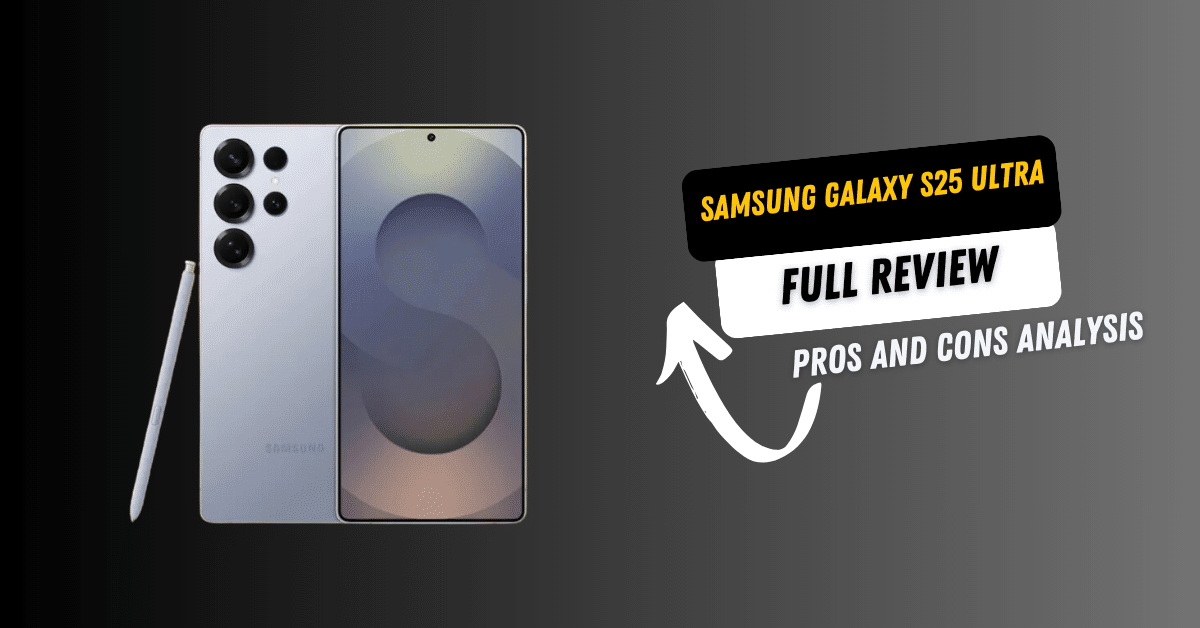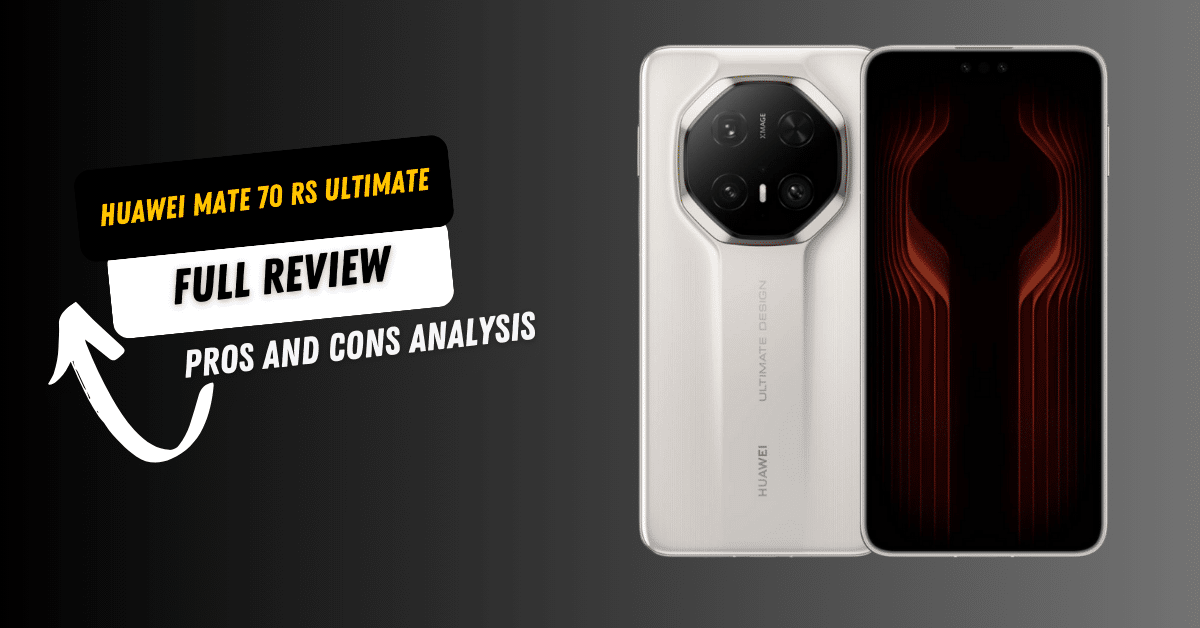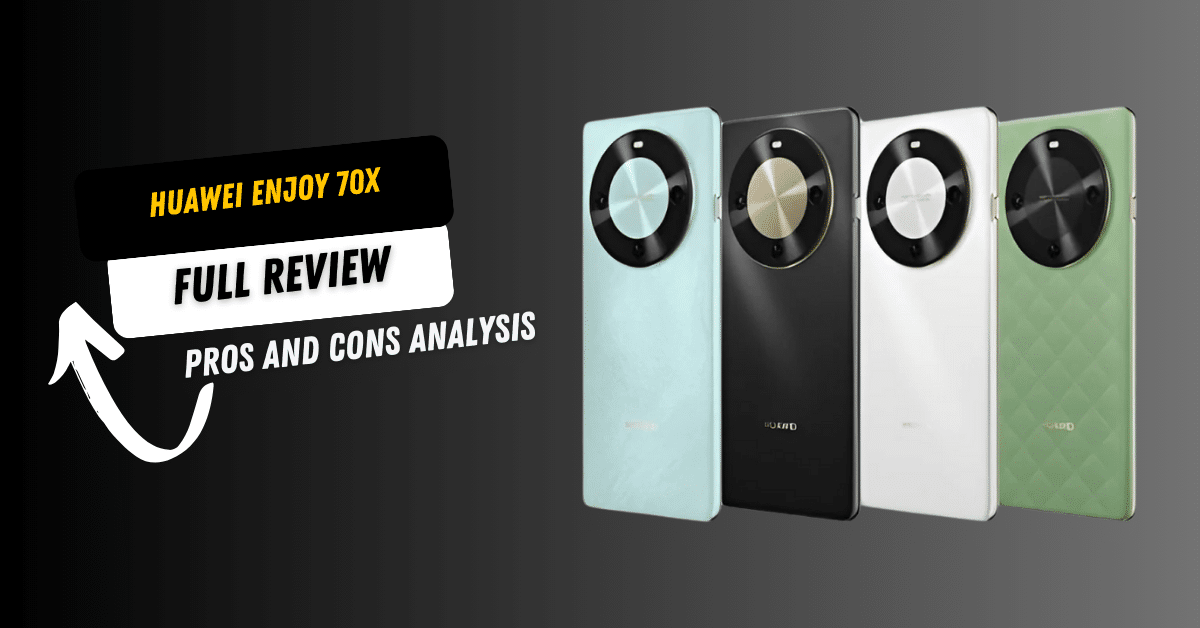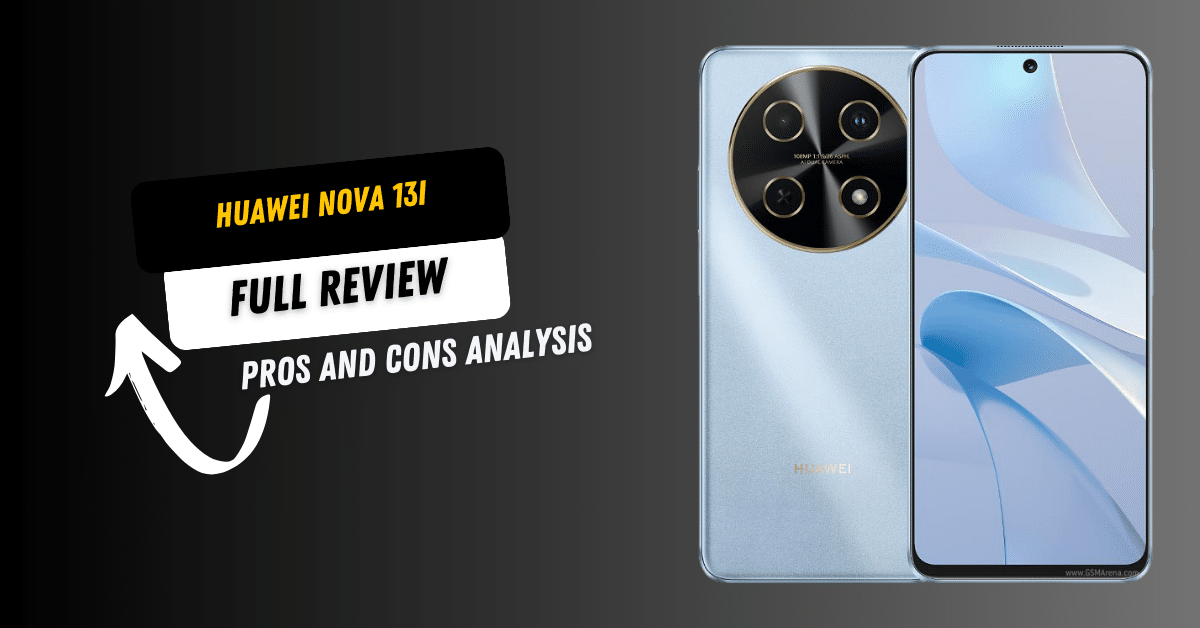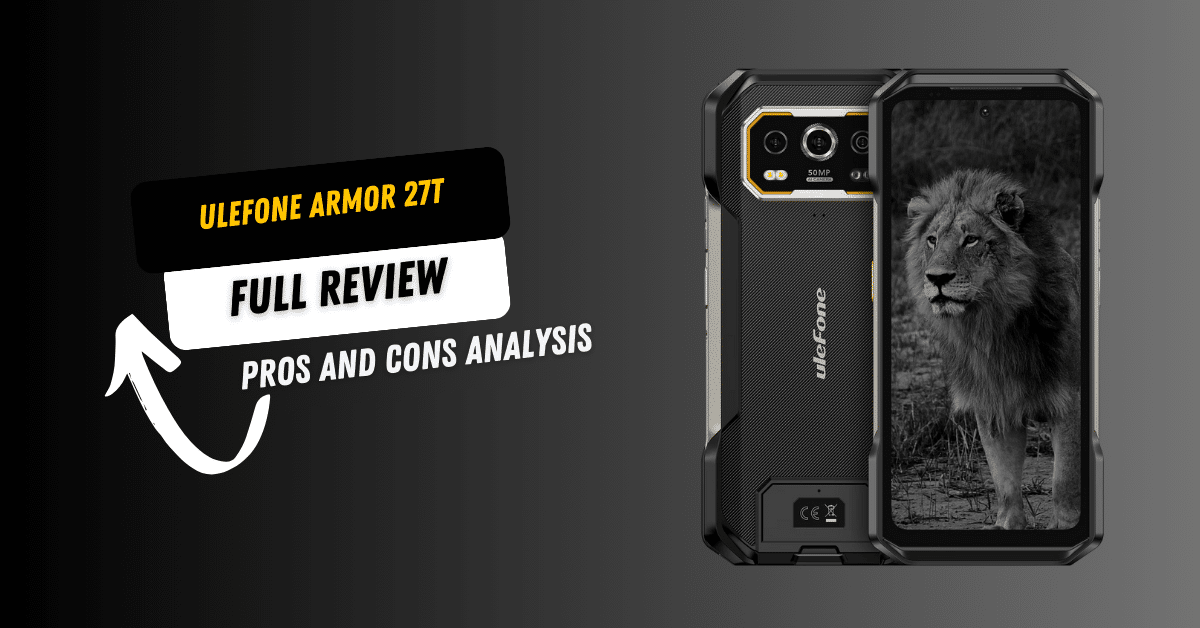When I first got my hands on the Xiaomi Redmi Turbo 4, I was genuinely excited. The specs on paper seemed incredible—MediaTek Dimensity 8400 Ultra chipset, a 120Hz AMOLED display, and 90W fast charging. However, as I spent more time with the device, I realized it isn’t all sunshine and rainbows. Here’s my honest review based on real-world use, highlighting both the pros and cons.
Design and Build: Impressive Yet Lacking Innovation
The Redmi Turbo 4 boasts a sleek, IP68 water and dust-resistant design. It feels solid in hand, and the dual-tone back panel adds a premium touch. However, it isn’t without flaws.
- Drawbacks:
- The phone is heavy at 203.5g, which makes prolonged use uncomfortable.
- Despite its premium look, the design feels derivative, resembling other Xiaomi devices without offering anything truly unique.
- No Gorilla Glass protection, which makes me nervous about accidental drops.
While it looks stylish, I couldn’t help but feel it lacked the innovation you’d expect in this price range.
Display: Bright and Vivid, But Not Perfect
The 6.67-inch AMOLED screen is undoubtedly one of the highlights of the Redmi Turbo 4. It delivers 120Hz refresh rate, HDR10+, and Dolby Vision support, making gaming and streaming a treat. The brightness peaks at 3200 nits, which ensures excellent outdoor visibility.
- Drawbacks:
- Colors, although vibrant, feel over-saturated at times, making content look less natural.
- The flat-screen design lacks the immersive feel that curved screens provide, especially in this segment.
- Watching videos for long periods can strain the eyes due to the excessive brightness at times.
While the display is good for casual use, it feels less refined compared to competitors in the same price range.
Performance: Powerful but Not Without Hiccups
Powered by the MediaTek Dimensity 8400 Ultra chipset and Immortalis-G720 GPU, the Redmi Turbo 4 handles gaming and multitasking smoothly. I played graphically demanding games, and they ran without any major frame drops.
- Drawbacks:
- The device heats up quickly during extended gaming sessions, which makes it uncomfortable to hold.
- Background apps are often closed due to aggressive RAM management, even with 16GB RAM.
- The HyperOS 2 feels unpolished, with occasional lags and bugs that disrupt the user experience.
While the phone promises flagship-level performance, these issues make it feel less reliable during heavy usage.
Camera: Decent but Lacking Versatility
The 50 MP main camera with OIS takes sharp and detailed photos in good lighting conditions. The 8 MP ultrawide camera and 20 MP selfie camera are functional but far from impressive.
- Drawbacks:
- Night photography is mediocre at best, with images lacking detail and sharpness.
- The selfie camera only supports 1080p video recording, which feels outdated in 2025.
- The ultrawide lens produces noticeable distortion, making it less useful.
If you’re someone who relies heavily on their phone for photography, the Redmi Turbo 4 might leave you disappointed.
Battery Life: Big Capacity, Slow Real-World Performance
The 6550 mAh battery promises all-day usage, and the 90W fast charging claims to fully charge the phone in just 45 minutes. However, my experience didn’t quite align with these claims.
- Drawbacks:
- Battery drain is faster than expected, especially during gaming or heavy multitasking.
- The fast-charging feature is inconsistent, often taking closer to 60 minutes for a full charge.
- There’s no wireless charging, a feature that’s becoming standard in this price bracket.
While the battery capacity is impressive, the real-world performance feels underwhelming.
Software and User Experience: A Work in Progress
The phone runs Android 15 with HyperOS 2, which aims to provide a streamlined experience. The interface is feature-rich, with customizations that many users will appreciate.
- Drawbacks:
- The software is bloated with unnecessary apps, which detract from the overall experience.
- Frequent software glitches and bugs hinder usability, requiring restarts more often than I’d like.
- Updates are inconsistent, leaving me wondering about long-term support.
The software could have been a significant selling point, but it falls short due to these persistent issues.
Connectivity and Audio: Modern Yet Incomplete
With 5G connectivity, Wi-Fi 6, and Bluetooth 6.0, the Redmi Turbo 4 is future-ready. The stereo speakers deliver loud and clear audio, perfect for streaming or gaming.
- Drawbacks:
- The lack of a 3.5mm headphone jack feels like a missed opportunity, especially for audiophiles.
- NFC works well for payments, but the infrared port feels unnecessary and outdated.
- While the speakers are decent, they lack the richness and depth found in some competitors.
Despite being loaded with features, a few omissions make it less appealing for users with specific needs.
Pros and Cons at a Glance
Pros:
- Vibrant 6.67-inch AMOLED display with HDR10+.
- Flagship-level MediaTek Dimensity 8400 Ultra chipset.
- IP68 water and dust resistance for durability.
- Large 6550 mAh battery with 90W fast charging.
- Competitive pricing in its segment.
Cons:
- Heavy and bulky design, making it less ergonomic.
- No expandable storage or wireless charging.
- Mediocre camera performance, especially in low light.
- Aggressive RAM management and software bugs.
- No Gorilla Glass protection for added durability.
FAQs About the Xiaomi Redmi Turbo 4
What is the price of the Xiaomi Redmi Turbo 4 in Pakistan?
The Redmi Turbo 4 is expected to cost around Rs. 129,999 in Pakistan, making it an affordable option in the mid-range segment.
Is the Redmi Turbo 4 good for gaming?
Yes, the MediaTek Dimensity 8400 Ultra and 120Hz AMOLED display make it a solid choice for gaming. However, prolonged gaming sessions may cause heating issues.
Does the Redmi Turbo 4 support 5G?
Absolutely! The Redmi Turbo 4 is a 5G-enabled smartphone, ensuring future-proof connectivity.
Does the Redmi Turbo 4 have wireless charging?
No, the Redmi Turbo 4 does not support wireless charging, which might be a dealbreaker for some users.
How does the Redmi Turbo 4 camera perform in low light?
The low-light performance is below average, with images often lacking detail and sharpness.
Final Verdict
The Xiaomi Redmi Turbo 4 offers a lot on paper: a premium design, impressive display, and solid performance at an affordable price. However, it’s held back by software bugs, camera limitations, and missing features like wireless charging and expandable storage. While it’s a decent option for casual users or gamers on a budget, those seeking a well-rounded smartphone experience might want to explore alternatives.
Would I recommend it? Maybe—but with reservations.


